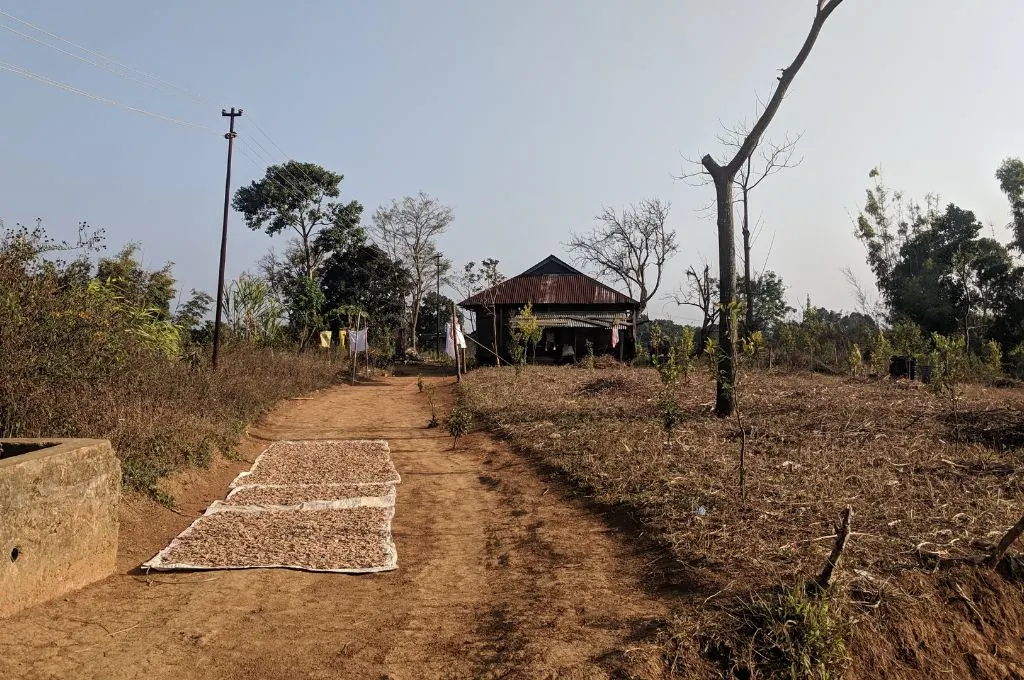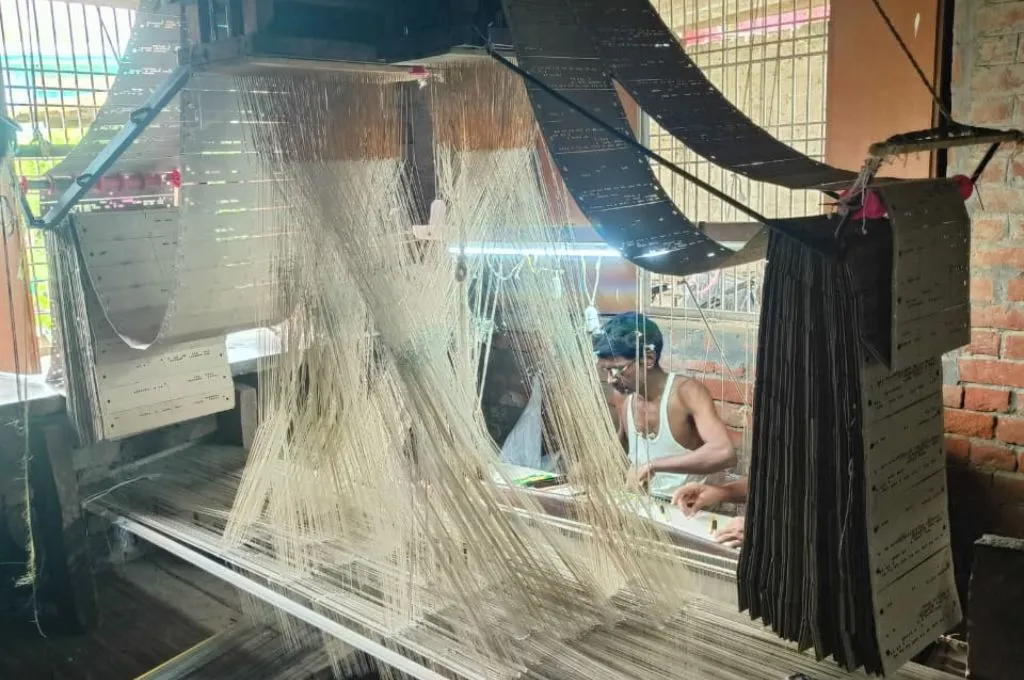Women weavers in Nagaland carve their own silk route

Since 2023, Wildlife Conservation Society-India (WCS-India) has been implementing a tiger habitat conservation programme in the areas surrounding Ntangki National Park in Nagaland’s Peren district. The initiative also involves working with local communities to help them improve their livelihoods and reduce dependence on forest resources so that there are fewer instances of human–wildlife conflict.
We are actively working in six villages—Besumpuikam, Nsenlo, Pellhang, Ikiesingran, and Nkio B in Peren district, and Manglamukh in the newly created district of Chumoukedima—and are conducting various activities for community engagement. For example, we held a sustainable livelihood ideas contest in which all these villages participated. The ideas were judged by community members based on criteria such as feasibility, sustainability, and impact on the community.
One of the most interesting ideas came from the Dimasa women in Manglamukh village, where a small landholding is shared among 60-odd households. The women wanted to procure more looms to boost their handloom trade. But for this expansion, they would first need to increase the number of silkworms as silk yarn is essential for weaving their textiles.

Although we were able to provide the community with silkworm rearing sheds, the worms still needed food. The eri silkworms found in Nagaland feed on castor leaves, which are in short supply in Manglumukh. The village also lacks sufficient land to cultivate enough castor plants to meet the demand. As a result, women have to spend long hours collecting castor leaves from the forest or along the banks of the Manglu river.
At the same time, we also learned that they had never explored the possibility of approaching the Zeliang community in the neighbouring village of Besumpuikam, where women had access to more land.
WCS-India facilitated a meeting between the Gading Women SHG of Manglamukh and the Women Society of Besumpuikam to explore the possibility of planting castor in fallow land in Besumpuikam. The idea was for the castor leaves to be supplied in exchange for a share in the production and sale of silkworms. Silkworms are considered a delicacy among Nagas and fetch a good market price, averaging INR 500–600 per kg.
During the meeting, the women worked out the terms of payment among themselves. The women of Besumpuikam agreed to supply as many leaves needed until the silkworms reach the cocoon stage. In return, 50 percent of the cocoons reared will be given as payment for castor leaves.
This is the first year of such an agreement, and both parties are hopeful and motivated for it to work. The castor seeds were planted in April and the supply of mature leaves is expected to begin in June, continuing until the worms reach the cocoon stage. Once the cocoons are formed, they will be ready for silk extraction by the weavers.

Bano Haralu is the programme manager for WCS-India’s Nagaland – Conservation and Livelihoods initiative.
As told to Keletsino Mejura, IDR Northeast Fellow 2024–25.
—
Know more: Learn more about a unique honey harvesting technique in Nagaland’s Noklak district.
Do more: Get in touch with the author at haralu@wcsindia.org to learn more about and support her work.




